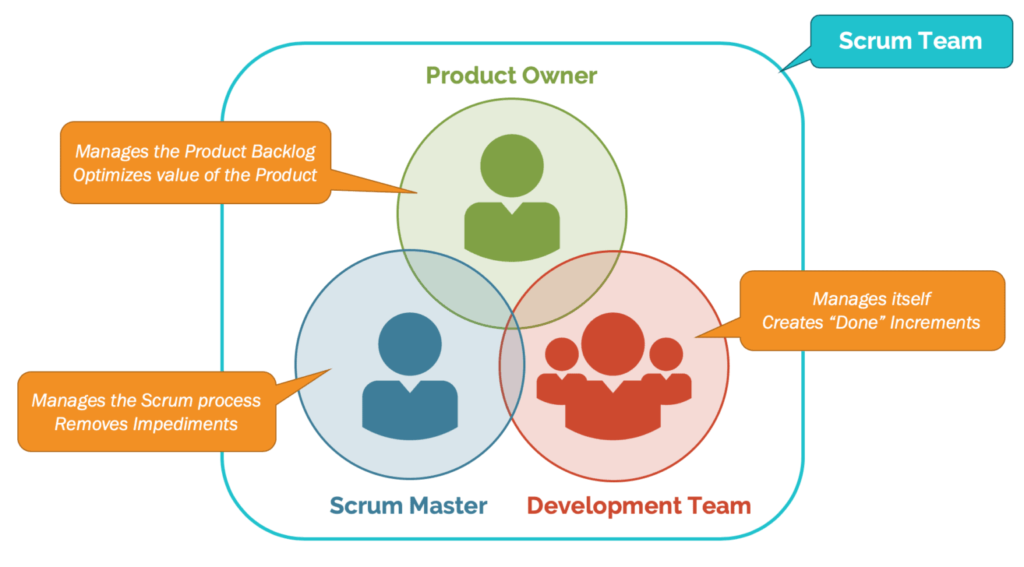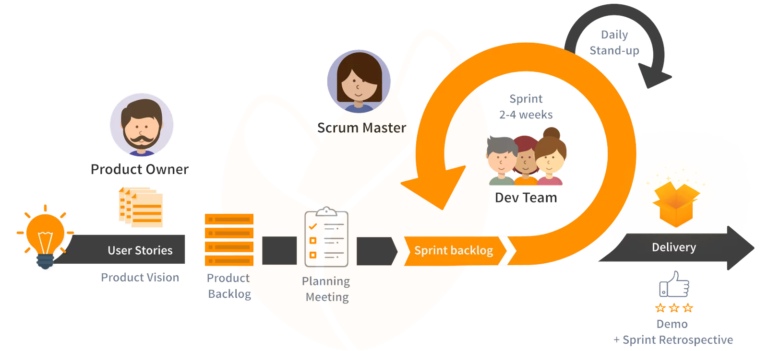Agile Scrums emphasis on adaptability, teamwork, and producing value rapidly has made it a well-liked project management methodology. These are some helpful details regarding Agile Scrum that you may not be aware of:
1. Scrum before Agile
Despite being closely linked to Agile https://www.wrike.com/project-management-guide/faq/what-is-scrum-in-agile/, Scrum was developed approximately five years before the Agile Manifesto. The framework was created in the 1990s by Ken Schwaber and it later served as a major source of inspiration for Agile principles.
2. Scrum is not a process
Scrum is not a strict, sequential procedure like waterfall project management is. Rather, its main objective is to offer a structure that enables teams to operate in a flexible and iterative manner.
3. Scrum only has three roles
Conventional project management frequently entails a wide range of positions with distinct duties. This is made simpler by Scrum, which merely defines the Product Owner, Scrum Master, and Development Team as the three main responsibilities.
Product Owner, Scrum Master, Development Team.

4. Scrum is not just for software:
Scrum’s concepts are widely employed in software development, but they may also be used in marketing, design, education, and healthcare, among other fields. It is appropriate for a variety of project types due to its emphasis on adaptation and ongoing improvement.
5. Scrum teams are limited to ten members
Scrum places a strong emphasis on close teamwork and communication. The framework suggests limiting team sizes to a maximum of 10 members in order to preserve this dynamic.
6. Scrum revolves around sprints
Sprints, which are relatively brief work cycles that last one to four weeks, are the central component of Scrum. Every sprint aims to deliver a particular set of features, facilitating prompt feedback and modifications.
7. A fifteen-minute stand-up meeting is called the Daily Scrum:
Daily Scrums are stand-up meetings https://www.theserverside.com/blog/Coffee-Talk-Java-News-Stories-and-Opinions/Daily-Scrum-versus-Standup-Meeting-Agile-Differences-Similarities-Comparison-Rules-Agenda-Questions that Scrum teams hold every day to ensure openness and communication. These quick meetings, which last fifteen minutes, center on three main questions: How did I spend yesterday? How am I going to spend my day? Do you see any obstacles?
8. A prioritized list of features is called the Product Backlog
The team’s ongoing list of features and requirements that it intends to deliver is called the Product Backlog. The Product Owner sets the order for the backlog items so that the team can concentrate on delivering the most important features first.
9. Scrum welcomes change
Scrum is meant to be flexible, in contrast to traditional approaches that oppose modifications once planning has begun. The architecture promotes reordering priorities and adding new information.
10. Continuous improvement is the main focus of Scrum
Scrum places a strong emphasis on a culture of ongoing learning and development. Retrospectives are scheduled meetings in which the team evaluates the outcomes of the previous sprint, pinpoints areas in need of development, and makes adjustments for the upcoming sprint.
Conclusion
Agile Scrum is a transformative project management framework that reshapes teams’ approach to complex tasks and goals, offering power and versatility.









